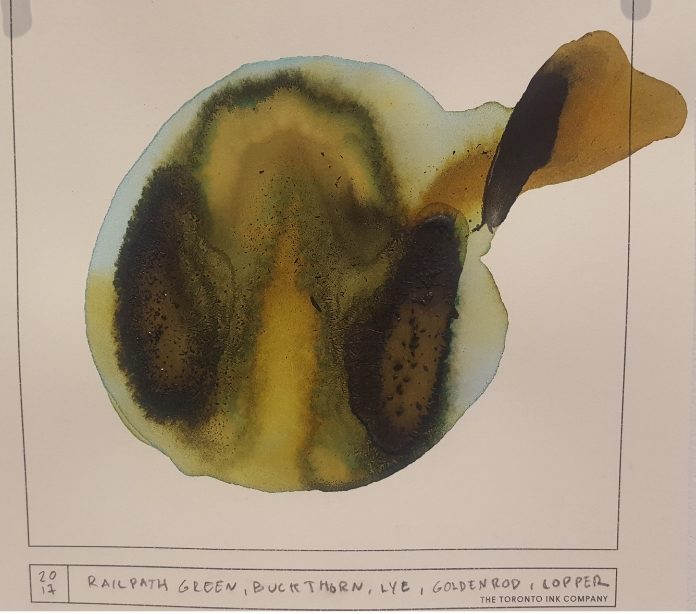
This week: Printing with natural dyes and preparing fibers for pro dyeing results
Every week, we are emailed with questions from our natural dye community asking simple and complex questions that we thought might be worth sharing. Of course, all of your burning questions are answered by natural dyer in chief, Kathy Hattori, Founder of Botanical Colors.
I’m currently using guar gum to make screen printing ink. Do you have any tips or tricks you could share? I’m using natural pigments and printing on organic cotton. Also, does your print paste thickener work better than guar gum or is it essentially the same? Any recommendations would be greatly appreciated. Thanks!
The choice of gums for screen printing really varies and can be a matter of personal preference. Some artists prefer guar, others prefer gum arabic, depending if they work thick or thin, and how they print. Our gum is a blend of gum tragacanth and guar gum. Do remember that whatever gum you choose to print with, you still need to provide a binder to fix the color to the fabric substrate. This means either pre-mordanting, or adding mordant to the ink paste, or both. Some printers use commercial binders that go into the dryer for heat setting.
We have lots of great information on our blog too. Check out these print paste thickener instructions and this FEEDBACK FRIDAY.
Also pick up Make Ink: A Forager’s Guide to Natural Inkmaking by Jason Logan available on our shop.
I took your workshop at Long Pasture Sanctuary on Cape Cod this past fall, and have a question about the extra dyes I brought home. I was wondering how I would need to prepare silk for dying, which I would later use to wet felt with wool (nuno felt), so the color doesn’t fade or run.
Good color comes from proper preparation. If you are dyeing a commercially prepared silk, make sure it is mordanted. Raw silk, noil or tussah all require a light scour to remove excess sericin (silk protein) from the fabric, then they go into a mordant bath. The dyes you took home from the workshop may only contain a small amount of color, so dye them for at least 45 minutes at temperature. If the color is too pale for your project, either make a fresh dye bath with additional dye materials, or use a natural dye extract to deepen the shade.
